Food & Culture Academy (푸드앤컬쳐 아카데미)
11.3Km 2018-03-29
116, Pirundae-ro, Jongno-gu, Seoul
Food & Culture Korea propose des cours de cuisine coréenne et des programmes d’activités culturelles culinaires pour les visiteurs étrangers depuis 2002. Les cours se font en anglais et en japonais. Les participants apprennent à confectionner de nombreux plats coréens, parmi lesquels le kimchi, le bulgogi, le tteokbokki ou le bibimbap d’une manière systématique, simple et amusante.
Parc du lac de Jangja (장자호수공원)
11.3Km 2020-01-07
878, Topyeong-dong, Guri-si, Gyeonggi-do
+82-31-550-2472
La ville de Guri a oeuvré pour améliorer la qualité de l’eau du lac de Jangja afin de fonder le parc du lac de Jangja, et ce faisant, a créé une zone écologique. Un sentier de promenade long de 3,6 km et bordé d’arbres sillonne le parc, et il est très fréquenté par des gens venus se promener ou faire un peu d’exercice. Des concerts, des expositions et d’autres évènements sont organisés sur la scène en plein air les week-ends, et de nombreux riverains viennent s’y reposer.
* Dimensions – Surface : 107 385 m², profondeur moyenne de l’eau : 2,2 m (de 0,2 m à 4,7m), longueur de l’allée : 4,5 km
Université de Sogang (서강대학교)
11.3Km 2023-07-05
Sinsu-dong, Mapo-gu, Seoul-si
+82-2-705-8114
L’université de Sogang est une université jésuite, privée et mixte, située dans le centre-ville de Séoul.
La proximité géographique de cette université avec d’autres prestigieux établissements d’études supérieures, comme l’université de Yonsei et l’université féminine de Ewha, contribue à la vitalité intellectuelle et sociale de la vie étudiante.
Centre d'accueil de l'université Ehwa (이화웰컴센터)
11.3Km 2022-04-01
52, Ehwa Women Université road, Seodaemun-gu, Seoul (서울특별시 서대문구 이화여대길 52)
Le centre Welcome Center de Ehwa est le premier centre du genre dans un campus universitaire (2003). Il sert notamment de centre d'accueil pour tous les étudiants et propose également divers produits liés à cette université. Il est également possible de profiter d'expositions sur place. Le lieu offre également des visites guidés pour le public étranger souhaitant découvrir l'université.
PEYO (뻬요)
11.4Km 2016-09-05
14 Ehwayeodae 5-gil, Seodaemun-gu, Seoul
02-312-8535
Ce petit café propose des macarons traditionnels du Pays Basque selon une recette familiale. Les macarons ne sont pas preparés à l’aide de farine ou de beurre, mais à base de poudre d’amande. Ouvert tous les jours sauf le dimanche, la boutique propose plusieurs saveurs : originale, chocolat, myrtille, thé vert, canelle et bien d’autres.
9 Fox (나인폭스)
11.4Km 2016-09-05
14, Ewhayeodae 7-gil, Seodaemun-gu, Seoul-si
+82-2-6326-7171
9 Fox offert des accessoires artisanaux de qualité faits à partir des Swarovski cristaux. Ils sont très populaires parmi les coréens et visiteurs internationnaux grâce à leur design unique et leur prix raisonnables.
Mont Gwanaksan (관악산)
11.4Km 2023-01-12
Sillim9-dong, Gwanak-gu, Seoul-si
+82-2-879-6521
Culminant à 629 m d’altitude, le mont Gwanaksan est un des symboles du quartier Gwanak-gu à Séoul. Le mont Gwanaksan abrite en effet de nombreux patrimoines du quartier. Depuis son enregistrement en tant que parc naturel municipal en 1968, il s'agit également de la destination préférée des habitants de Séoul pour se promener et se reposer. Ses pics rocheux et ses vallées profondes donnent au mont des tracets tortueux. La taille du mont et sa proximité avec Séoul en font une destination de choix en cas d'excursion d'une journée à Séoul.
Musée de l’université féminine d'Ewha (이화여자대학교박물관)
11.4Km 2022-09-14
52, Ewhayeodae-gil, Seodaemun-gu, Seoul-si
+82-2-3277-3152
Le musée de l’université féminine de Ewha a été inauguré en 1935 dans le but de préserver l’héritage coréen. Au début, des objets en lien avec l’art folklorique, le travail du bois traditionnel et la poterie étaient exposés dans le hall du bâtiment pincipal de l’université afin d’empêcher leur confiscation. Suite à cela, un musée fut ouvert pour conserver et exposer la collection. Depuis 1972, une exposition de la collection du musée a eu lieu chaque année, et depuis 1996, le musée organise également une exposition spéciale qui prend pour thème une catégorie d’objets de l’héritage culturel. D’autres expositions de moindre importance ont lieu fréquemment afin de sensibiliser le public sur la culture et les arts traditionnels coréens. En tant que centre de recherche sur la céramique, le musée concentre ses resources sur la recherche et l’excavation de fours. Afin de préserver et d’étudier des reliques de valeur historique, les équipes de fouilles ont voyagé dans diverses régions du pays pour étudier des sites historiques et découvrir des artefacts de valeur. Grâce à la publication de livres et de rapports sur ses découvertes, le musée a contribué à améliorer la connaissance et la sensibilité à propos de l’héritage culturel coréen dans le monde universitaire et parmi le public.
Mado (마도)
11.5Km 2021-03-29
11, Uisadang-daero 1-gil, Yeongdeungpo-gu, Seoul
+82-2-784-2660
A restaurant specializing in Japanese course meal menu. This Japanese (cuisine) restaurant is located in Yeongdeungpo-gu, Seoul. The most famous menu is seafood yaki ddon.
E-mart de Mia (이마트-미아점)
11.5Km 2016-09-05
17, Dobong-ro, Seongbuk-gu, Seoul-si
+82-2-944-1234
E-mart est un supermarché discount géré par Shinsegae Co. Ltd., et la branche de Mia est composé de deux étages en sous-sol, et cinq étages supérieurs.
Il est situé près de la station de Miasamgeori (Ligne 4) et pour les courses en famille, il y a entre autres une aire de repos, une aire de restauration et une aire de jeux pour les enfants.
A l’étage B1 il y a la boulangerie Day & Day, qui offre du pain frais tous les jours, et une section de produits biologiques. Il y a également un opticien, une aire de restauration (coréen et japonais), une boutique à vin et bien d’autres équipements pour que les clients apprécient leur shopping.
Près de l’E-mart , vous pourrez visiter le Jeongneung, qui était la première tombe royale de la dynastie Joseon fait pour une reine et le mur de la forteresse de Séoul Bugaksan qui est également une attraction populaire parmi les touristes étrangers.
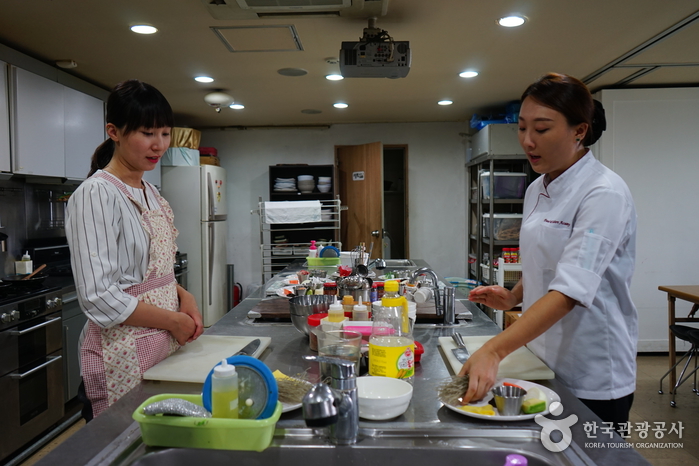
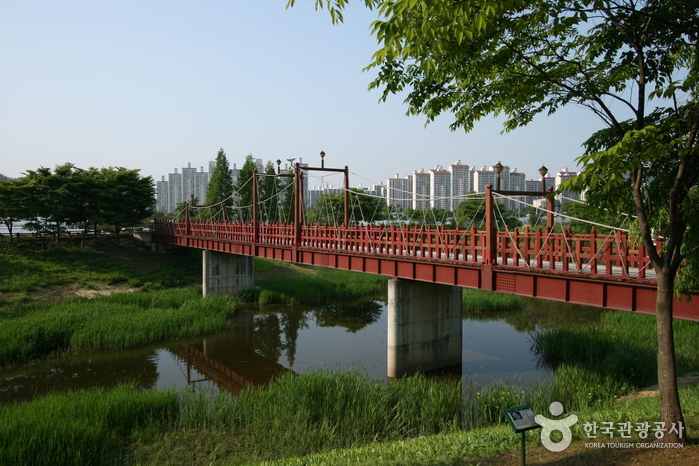

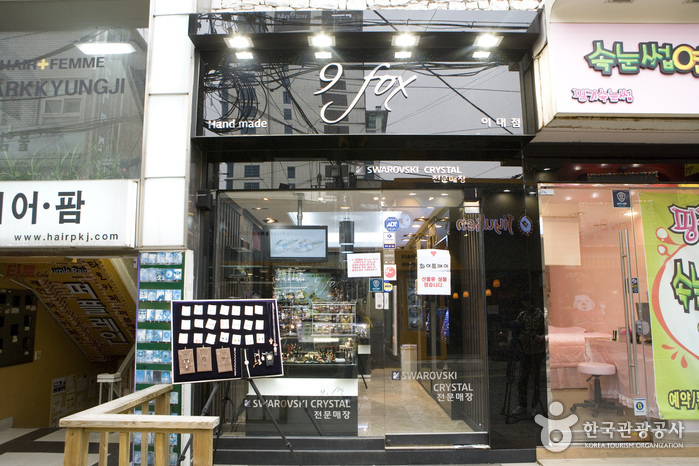
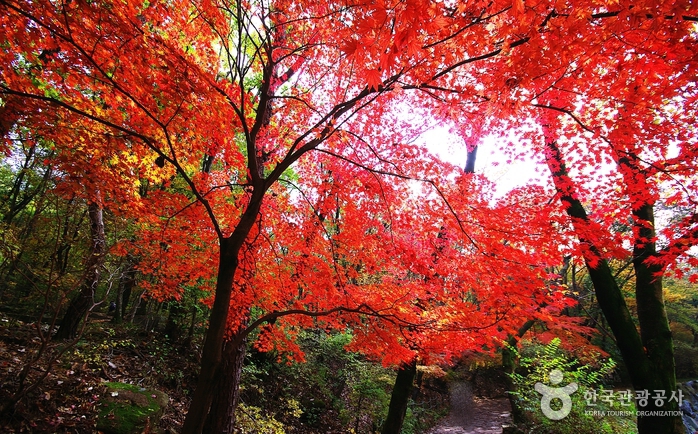
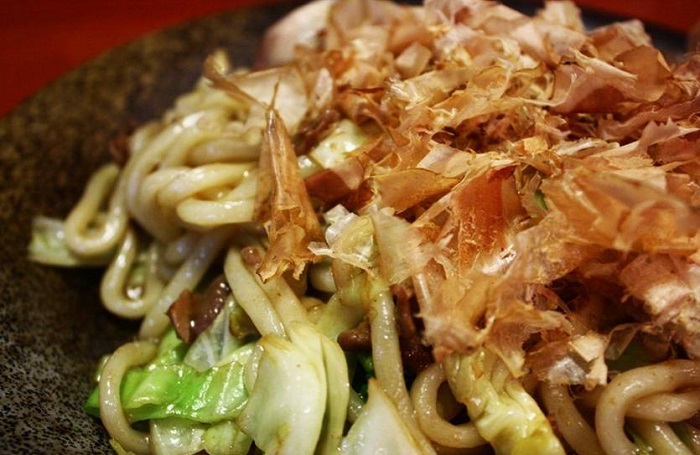
 Français
Français
 한국어
한국어 English
English 日本語
日本語 中文(简体)
中文(简体) Deutsch
Deutsch Español
Español Русский
Русский